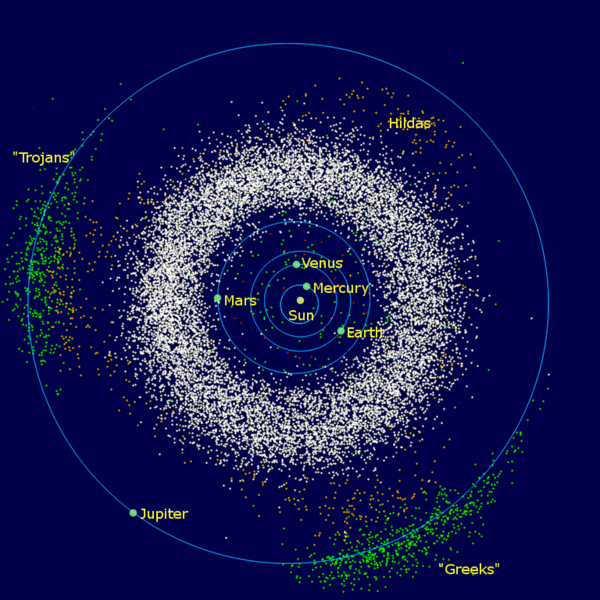My definition of wisdom is the ability to synthesize or infer new knowledge with a high degree of probability/accuracy, based on a combination of general intelligence, education, knowledge, and experience.
What tends to happen with people who have a low ability to synthesize or infer new knowledge is they over-rely on education, or the views of highly educated, highly credentialed, highly positioned, high authority, or well known people. These people have no "B.S. Detector", and no "B.S. Flags" to throw. They are often accused of "living in a bubble".
Another related factor is a lack of breadth of vision, having blinders, or a lack of intellectual curiosity. I have seen people who should have a broad basis of life experiences who apparently have ignored many of them. They can't see that 2+2=4, not because they can't add, but because they so not see one of the components of the equation. Certainly political polarization, news/media polarization, and self-curated news feeds from social media exacerbate this problem.
This article by Jonah Goldberg explains the origins of "neoconservatism", and that it originated with former New Deal liberals who became dissatisfied with the Welfare State when they saw the unintended consequences it caused. In other words, these original "neocons" had wisdom (the ability to synthesize or infer new knowledge), and a breadth of vision (seeing the outcomes, not just the intent of the welfare programs), and as a result, were able to draw net-new conclusions of the efficacy of these programs.
This is a good example of a bubble being burst, or of blinders being ripped off:
At the 16 minutes, 38 seconds point, comedian Jeff Foxworthy explains meeting a 21 year old homeless man. Foxworthy, originally seeing a capable 21 year old thinks the young man should just "get a job", and go on his way. Then Foxworthy learned how the man became homeless as a result of drug abuse, and how the man became a drug abuser. The man's mother, brother, and father all committed suicide, and the man said he "got tired of hurting, and I just started getting high." To which Foxworthy comments: "And I'm looking at this kid and I'm thinking, I would have got high too."
In other words, before this event, Foxworthy saw the first "2" in the "2+2=4" equation (homelessness), but never saw the other "2" (drug abuse), and certainly not the other components of the equation (multiple family member loss). Granted, much of this is hard to see, so this is an extreme case.
But there are many times people don't notice things, don't pick up on things, or are just unware of facts.
The first example I saw in 2018 was a comment about the perceived need/requirement for a college degree. A friend posted on Facebook an article about some educational alternatives to traditional 4-year college, and a raft of comments ensued. Someone posted how it was impossible to get a job without a bachelor's degree, which was the antithesis of the original posted article. A debate ensued about people without degrees who had done well, and there were responses these people without 4-year degrees were the rare exception, and most people without 4-year degrees are working minimum wage service jobs. To which someone posted actual data showing only 39.4% of current working Americans have a 4-year degree or greater. The commenter had to pick their jaw up off of the floor--they had no idea. Apparently they did not have the wisdom to infer how many jobs there were out there that did not require a 4-year college degree (auto mechanic, electrician, plumber, HVAC technician, etc.), despite the fact they probably got their car serviced, had services done on their house by electricians, plumbers, HVAC technicians, etc. They probably had such blinders on they did not know people who were reliably middle class who did not have a 4-year degree, such as sales people, computer administrators, etc.
The second example were responses to a recent article about a 25 year old entrepreneur who managed his money very well. As many tech industry 20-somethings do today, he and four others rented a large house and split the rent, instead of individually renting apartments. To me, this was not unusual, because I had read articles about people who work for Amazon and Microsoft in the Seattle area doing this. Housing costs in Seattle are high, and it is much cheaper for four or five people to share a rental house, than it is for each to rent their own apartment. It is even cheaper than two people sharing a two-bedroom apartment. I also know people who do this in Metro Atlanta because they cannot afford to rent an apartment. It is fairly common. But apparently it is completely alien to many, who assume the only available housing option for 20-somethign with a 4-year college degree is a one-bedroom apartment. What is even more crazy is many of those commenting were likely in their mid-40s to mid-50s, and either were likely in a position to have considered sharing a two-bedroom apartment with a roommate, or were likely to have known someone who shared a two-bedroom apartment with a roommate.
Granted, the trend of two 20-somethings sharing a two-bedroom apartment was a 1980s thing. My college educated brother shared a two-bedroom apartment with a mechanical engineer who was a coworker when both were in their 20s, until the engineer got engaged. It was normal. It was in the booming 1990s economy when every college educated 20-something started getting their own private apartment.
I once wrote if Mike Judge's "Office Space" had been made in 1989 rather than 1999, instead of being Peter Gibbons next door neighbor, Lawrence would have been Peter’s roommate. Instead of both Peter and Lawrence each having their own, individual, one-bedroom apartments, they would have likely shared one two-bedroom apartment.
But still. Did these people not know somebody? Did they know people in high school who did not go to college, or did not get lucrative jobs out of college? Do they have current friends who have kids who maybe share an apartment or a house? Did they have a black-sheep cousin who is a blue-collar type? They probably did, but they have blinders on. They live in a bubble. Chances are, these are people who bought the home they are in by the debt-to-income ratio to what the mortgage lender said they would lend them. Or they are the empty nesters who if they relocate to a less expensive city buy a 6-bedroom house because they can roll the equity of their old house into the new house and take out a mortgage for the rest, based on the size of the loan the mortgage agent said "they could afford", despite the fact they could have bought a nice condo or townhome which would meet their needs and which they could have owned free and clear. These are probably people who lease rather than buy their automobiles. They are overconfident in their job security. And they probably are not saving nearly enough for retirement, but have every intention of retiring at age 62.
These people are going to get absolutely blind-sided by the wave of technology based disruption coming over the next dozen years. They are trusting "authorities", celebrities, and their own small circle of "friends". They are dismissing contrarians as cranks.
I once said I probably would rather be very poor, than very rich, because I know how to be very poor, but I have no idea how to be very rich. Many of the people I knew in high school came from lower socio-economic backgrounds, most of the people I knew in college were middle class at best. When the 2008 mortgage collapse happened, I remember talking with people from my generation in my military reserve unit. The prospect of another Great Depression was real, with possibility of many of use being thrown into poverty. In that discussion, we talked about who had grown up at some point in our lives, without certain things, such as no central air conditioning (all of us), no central heat (several of us), no cable television (all of us), no color TV (all of us). Sure, part of that was age. We were all born in the late 1960s. But much of it had to do with growing up in lower middle class or poor environments. And we all knew we would survive the looming economic armageddon, because we knew how to be poor.
Sidebar: I remember in college sitting on the stoop of my mobile home because it was so hot in that trailer in the afternoon when I got home from class, and I could not afford to run the one window unit air conditioner.
I really think everyone should experiment in being poor for a while. See how low you can get your electric usage one summer month. See how low you can get your grocery bill one month. Try living with your thermostat set for 65 degrees for the whole month of January. Think of it like a fire drill. You might lose your blinders. You might become wiser. You might find what is missing.




